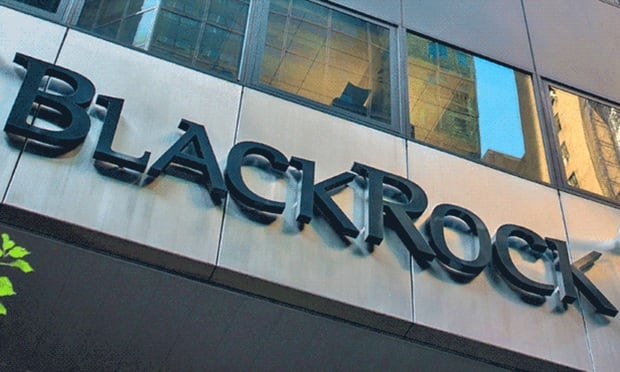 2020 is coming faster than we realize. And retirement planning will be different then. Here's why.
2020 is coming faster than we realize. And retirement planning will be different then. Here's why.
Consider this: Just 45 years ago, there was no such thing as an IRA.
The 401(k) will turn 40 next year. Health savings accounts aren't even 15 years old.
The point is, retirement planning has changed drastically over the last fifty years, and workers' options continue to evolve year after year.
When the 401(k) system began replacing pension plans in 1978, planning responsibility began moving from the employer to the individual.
As we look ahead to 2020 and beyond, that trend is likely to continue: The onus is on the individual to think ahead and make informed plans to prepare for retirement.
Educating yourself has never been more important. Flip through this slideshow for a forecast of what retirement planning could look like in the next few years.
1. The Department of Labor Fiduciary Rule, no matter the outcome, will likely encourage fiduciary responsibility.
The DOL Fiduciary Rule—whether it's fully implemented or not—is bringing attention to the financial advisor's duty to offer advice that works in the client's best interest.
No matter what happens in legislation, publicity around the rule is drawing attention to the concept of fiduciary responsibility. Expect to see both automated, technology-led 401(k) services and financial advisors working side-by-side, acting in the best interest of the consumer.
2. Technology's role could make managing—and maximizing—a 401(k) easier.
Technology has infiltrated every corner of the consumer's life, making everyday tasks easier.
Similarly, there is an expectation that 401(k) solution should be elegant and effortless to use, yet extremely sophisticated and powerful under-the-hood.
Technology-led 401(k) plans will help employees seamlessly set-up their accounts, adopt the right participant levels and savings behaviors, which drives retirement readiness.
3. Technology could give employees access to better retirement education.
Technology-led 401(k)s and automated investment platforms will continue to pave the way for consumers to receive less biased retirement advice and improved tools for education.
Investment professionals understand that retirement planning is extremely confusing for consumers and see the need for more accessible education. However, as it stands, traditional approaches to employee education fall short.
Annual information sessions, the typical backbone of employers' 401(k) education efforts, are only effective for 20 percent of employees, according to a recent Forrester report.
In the future, more employers will likely embrace digital approaches to education that can provide targeted information and guidance to employees when and where it's needed. Digital education could allow employees access 24/7 to the retirement information they are looking for, as well as more immediate access to financial advisors to get their questions answered.
4. HSAs could play a larger role in overall retirement readiness.
According to Devenir, Health Savings Accounts (HSAs)—the tripled tax advantaged savings vehicle for people with high-deductible health plans—now total more than $34.7 billion in assets.
And what most people with HSAs don't realize is that by saving and investing HSA funds over time, they build yet another retirement readiness vehicle.
HSA contributions have significant tax advantages because money is deposited, grows and can be applied to qualified medical expenses, all tax-free. Because HSAs only entered the marketplace in 2003—and many people use their HSA funds on medical expenses—only about 4.7 billion assets are invested for long-term growth (i.e. potential retirement use).
In the future, you can expect more people to catch on to this rising trend, especially for folks with fewer immediate medical expenses or more cash on hand to pay deductible costs up front and use the HSA for qualified medical expenses during retirement.
5. State-sponsored retirement plans could provide new savings opportunities for people with less income.
Looking further ahead for clues about how retirement could be changing, the possibility of government-sponsored retirement plans in certain states may be on the horizon. Seven different states have moved to support low-income workers' retirement savings by legislating new public retirement plans.
While these recent legislative actions are currently in limbo due to federal pushback, they do signal that the political will exists for more government backing for individual retirement savings. If introduced, government-sponsored retirement plans could dramatically increase the number of people enrolled in retirement savings, offering new investment options for people with fewer total assets to invest.
6. The Retire Act could reduce costs for the retirement industry
Currently, in many 401(k) programs, snail-mail is the default method for receiving a statement, and employees usually have to opt-in to receive the statements electronically.
If passed, The Receiving Electronic Statements To Improve Retiree Earnings Act, also known as the Retire Act, would change that process, making e-statements the default method.
The savings from going paperless could be passed to consumers in the form of lower expenses. According to the same research by the SPARK Institute, the RETIRE Act could save the retirement industry around $200 to $500 million a year, which could directly benefit individual plan participants.
© Touchpoint Markets, All Rights Reserved. Request academic re-use from www.copyright.com. All other uses, submit a request to [email protected]. For more inforrmation visit Asset & Logo Licensing.












